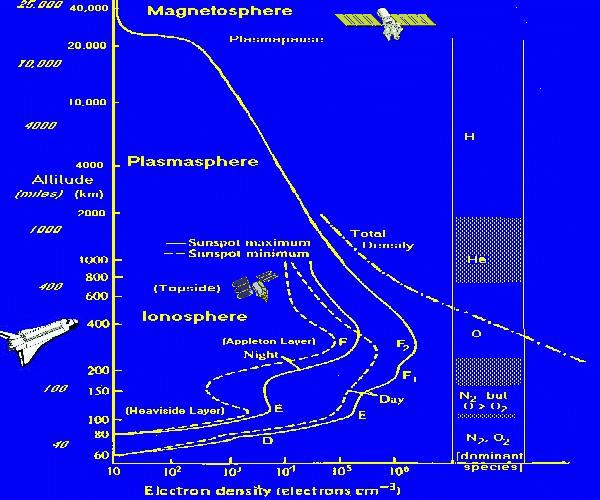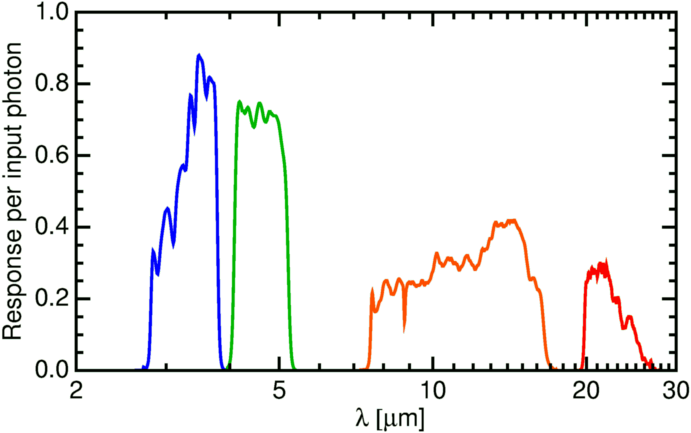So will there be light emission with the disassociation?
Yes, though what wavelengths I have not looked into. With the Atmospheric Light Transformer model, what is going on in each planet or moons atmosphere is going to depend on the composition and density of the atmospheres, and with Earths complex atmosphere there will be numerous processes to be examined, but the assumption by mainstream is that visible Sunlight and refraction is the primary mechanism is totally unproven. Yes, there will be refraction at some altitudes, but further out then it will be fluorescence, and further out still, atomic electron orbital shifts, and even photon-electron interactions.
http://hyperphysics.phy-astr.gsu.edu/hb ... hotel.html
The electron density profile of the magnetosphere is known pretty well, so this transformation is beginning quite a ways out from Earth.

The FUVC instrument they took to the Moon shows the Lyman Alpha emissions from atomic hydrogen, a vacuum UV emission.

So underneath that layer, the VUV emissions are going to be producing numerous effects on materials lower in the atmosphere, and those emissions producing more effects on the material even lower in the atmosphere. The greatest amount of IR that we feel as heat on the surface is developed by the CO and CO2 most likely, but again I have not got to doing any calculations. There is absorption and emission going on, so the processes occurring in the atmosphere are not simple, but the overall effect is transforming of shorter wavelength light to longer, with visible and thermal IR dominating at the surface.
This simulation using the visually impressive but factually nonsense Space Engine program starts with a view of our Sun, bright white, as claimed by NASA, but as we have no actual photos of the Sun from space, this is an assumption. Not science, but then astronomy is not a real science, is it? So the view of the Sun from other planets is all based on the model of sunlight refracted in the atmosphere of the planets or moons, whereas it is actually a creation of light, not necessarily visible, by transformation of the Suns higher energy radiation. Certainly there will be refraction involved in some circumstances, such as with the dust atmosphere on the Moon, or Mars, that comes under the work of Gustav Mie.
How Does The Sun Look Like from Other Planets?
https://www.youtube.com/watch?v=ax2iCxp9JTQ
So the A.L.T. model, if the Sun, or anything else, is not visible from clear space, is the most scientifically appropriate model, but the exact details I do not have. If I had even a small percentage of the funds spent on looking for black holes or dark matter or gravity waves, I'd have a go at some calculations. Not gonna happen.

In order to change an existing paradigm you do not struggle to try and change the problematic model. You create a new model and make the old one obsolete. -Buckminster Fuller



